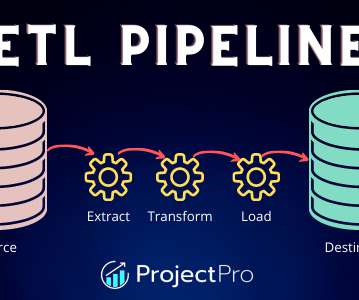5 Reasons Why ETL Professionals Should Learn Hadoop
ProjectPro
SEPTEMBER 30, 2014
.” Though industry experts are still divided over the advantages and disadvantages of one over the other, we take a look at the top five reasons why ETL professionals should learn Hadoop. Reason Two: Handle Big Data Efficiently The emergence of needs and tools of ETL proceeded the Big Data era.












Let's personalize your content